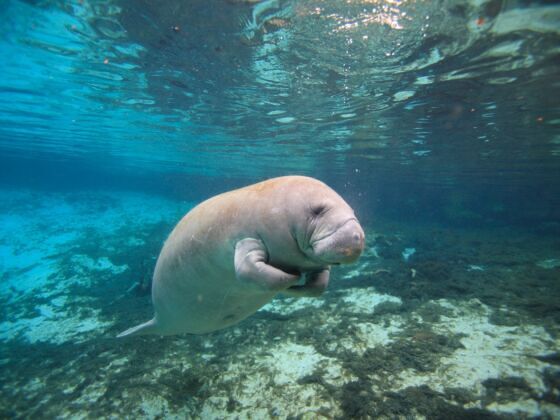Besides its beaches, theme parks, oranges, alligators, and 24/7 sunny weather, Florida is also known for its manatees (or, more colloquially, its sea cows). Encountering these gentle giants in person is a quintessential Florida experience, making it a must-do activity alongside enjoying the state’s attractions.
The Florida manatee is Trichechus manatus latirostris, a subspecies of the West Indian manatee (the other being the Antilles manatee, Trichechus manatus manatus). Manatees are indigenous to the waters of Florida. The Florida manatee faces numerous threats and is one of the most vulnerable in the state, so it’s important to know the dos and don’ts of manatee viewing. And when you do see them, you’ll fully understand just how special the animal is.
